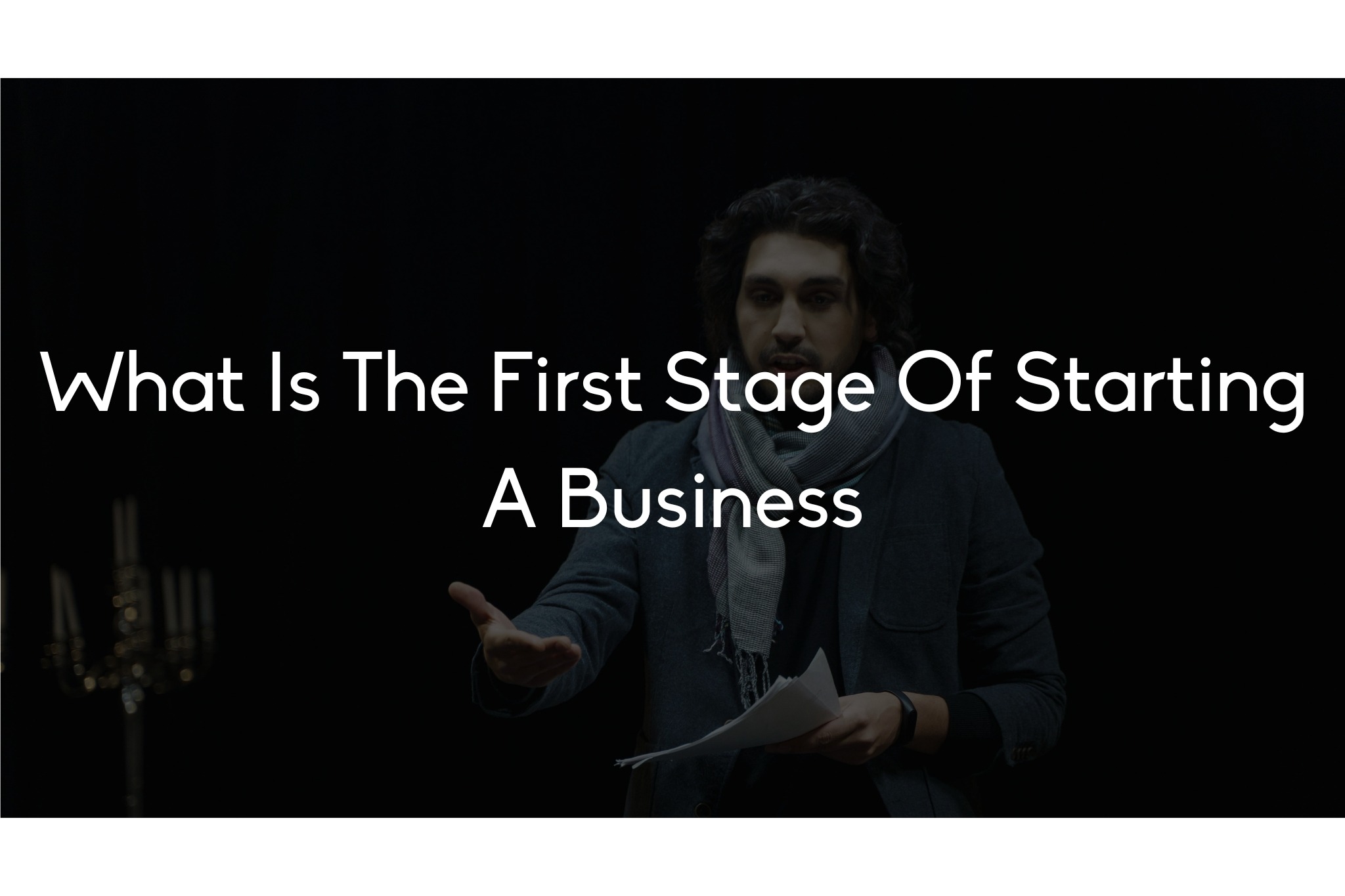
Running a small business can feel like navigating uncharted waters. With limited resources and endless to-dos, creating a clear, actionable strategy might seem overwhelming. But without one, it’s easy to lose focus and waste time on efforts that don’t drive results.
This guide breaks down how to craft a straightforward and effective strategy for your small business. By following these steps, you’ll gain clarity, set achievable goals, and maximize your resources.
Learn how to define your vision, identify your target audience, set measurable goals, and align your team around a focused plan. A simple strategy can make all the difference in achieving sustainable growth for your business.
Define Your Business Vision
Every effective strategy starts with a clear vision. What do you want your business to achieve in the long run?
- Articulate Your Mission: Write a mission statement that reflects your purpose and values. For example, “Providing eco-friendly packaging solutions to reduce environmental impact.”
- Visualize Success: Imagine where you want your business to be in 3–5 years. This could include revenue targets, market presence, or product offerings.
- Align with Core Values: Ensure your vision aligns with what you stand for as a business owner. Authenticity resonates with customers and motivates your team.
Your vision acts as your North Star, guiding every decision and keeping you focused on your ultimate goals.
Identify Your Target Audience
Understanding your audience is crucial for creating a strategy that drives results.
- Create Buyer Personas: Define your ideal customers based on demographics, interests, and pain points. For example, a fitness studio might target young professionals seeking flexible workout schedules.
- Analyze Market Trends: Research industry trends and competitors to identify gaps your business can fill. Tools like Google Trends or industry reports can provide valuable insights.
- Engage Directly: Conduct surveys, interviews, or social media polls to gather feedback from your audience.
Knowing your audience allows you to tailor your offerings and marketing efforts effectively, maximizing your impact.
Set SMART Goals
Without clear goals, it’s hard to measure success or stay on track.
- Specific: Define exactly what you want to achieve (e.g., “Increase monthly website traffic by 20%”).
- Measurable: Ensure your goal can be tracked (e.g., using analytics tools).
- Achievable: Set realistic targets based on your resources and capabilities.
- Relevant: Align goals with your overall business vision.
- Time-Bound: Establish a deadline to create urgency (e.g., “by the end of Q3”).
Breaking larger goals into smaller milestones can make them more manageable and motivating.
Analyze Your Strengths and Weaknesses
A strategic plan should leverage your strengths while addressing areas for improvement.
- Conduct a SWOT Analysis: Identify your Strengths, Weaknesses, Opportunities, and Threats. For example:
- Strengths: Unique product features, loyal customer base.
- Weaknesses: Limited marketing budget, lack of online presence.
- Opportunities: Growing demand for your product, untapped markets.
- Threats: New competitors, economic downturns.
- Gather Feedback: Ask employees, customers, or mentors for input on your business’s strengths and areas for growth.
This analysis helps you build a strategy that maximizes opportunities while mitigating risks.
Focus on Your Unique Selling Proposition (USP)
Your USP sets you apart from competitors and gives customers a reason to choose you.
- Define What Makes You Unique: Highlight what your business does better or differently. For example, offering 24/7 customer support or using sustainable materials.
- Communicate Clearly: Ensure your USP is reflected in your branding, marketing, and customer interactions.
- Evolve as Needed: Revisit your USP periodically to stay relevant in a changing market.
A strong USP is a cornerstone of any successful strategy, helping you attract and retain customers.

Develop a Marketing Plan
Your marketing efforts should align with your strategy to drive growth effectively.
- Choose the Right Channels: Focus on platforms where your target audience is most active. For instance, Instagram and TikTok for younger demographics, LinkedIn for professionals.
- Create Valuable Content: Share content that educates, entertains, or solves problems for your audience. Blogs, videos, and infographics are great starting points.
- Set a Budget: Allocate resources wisely, prioritizing high-impact activities like targeted ads or influencer partnerships.
A well-executed marketing plan ensures your message reaches the right people at the right time.
Optimize Your Operations
Efficiency is key to sustaining growth and delivering value to your customers.
- Streamline Processes: Identify bottlenecks in your workflow and implement solutions. For example, automating inventory tracking or using scheduling tools for appointments.
- Invest in Technology: Use tools like CRM software to manage customer relationships or project management platforms to keep your team on track.
- Monitor Metrics: Track key performance indicators (KPIs) to evaluate your operational efficiency.
Optimized operations save time and resources, allowing you to focus on strategic growth.
Engage and Align Your Team
Your team plays a vital role in executing your strategy.
- Communicate Your Vision: Share your goals and expectations clearly with your team. Regular updates and meetings can keep everyone aligned.
- Empower Employees: Encourage initiative and innovation by providing the tools and autonomy they need to succeed.
- Recognize Contributions: Celebrate achievements to boost morale and maintain motivation.
A motivated and informed team is more likely to deliver results and adapt to challenges.
Monitor Progress and Adjust
A strategy isn’t static—it should evolve based on performance and external factors.
- Track Results: Use analytics tools to measure the effectiveness of your efforts. For example, monitor website traffic, sales, or customer feedback.
- Stay Agile: Be prepared to pivot if certain tactics aren’t working. For instance, if one marketing channel underperforms, shift resources to another.
- Review Regularly: Schedule quarterly or annual strategy reviews to assess progress and make necessary adjustments.
Continuous improvement ensures your strategy remains relevant and effective.
Stay Focused and Persistent
Building a successful business takes time and dedication.
- Avoid Distractions: Stick to your plan and resist the urge to chase every new opportunity.
- Celebrate Small Wins: Recognize progress along the way to stay motivated.
- Keep Learning: Stay informed about industry trends and best practices to refine your approach.
Persistence and focus are essential for turning your strategy into tangible results.
Conclusion
Creating a simple, effective strategy for your small business doesn’t have to be daunting. By defining your vision, understanding your audience, setting SMART goals, and leveraging your strengths, you can build a roadmap to success. Remember to stay adaptable, monitor your progress, and engage your team in the process.
With a clear and actionable strategy, you’ll be better equipped to navigate challenges, seize opportunities, and achieve sustainable growth. Take the time to plan thoughtfully—it’s an investment that pays off in the long run.


